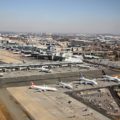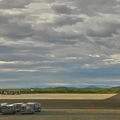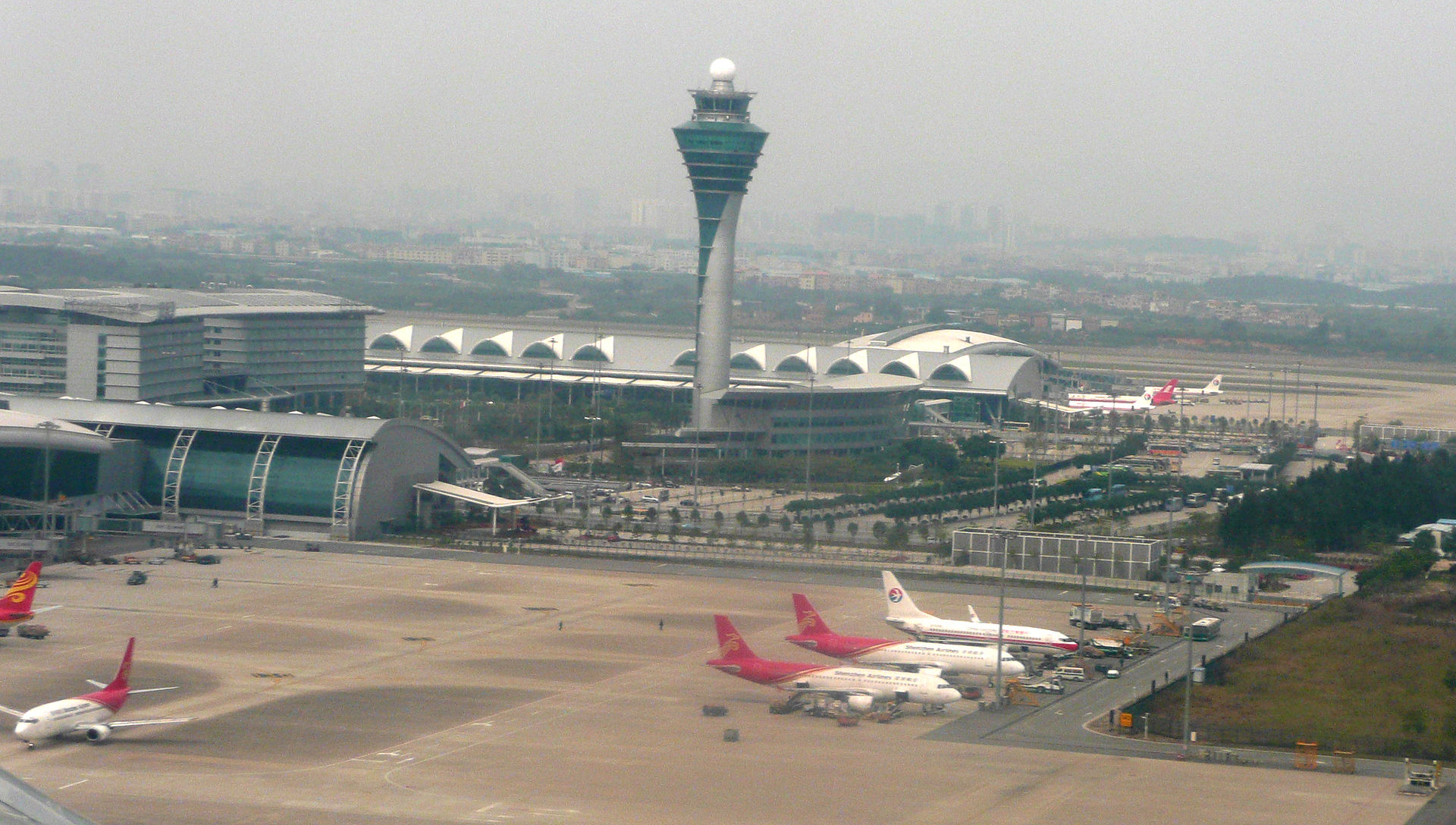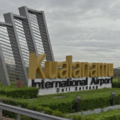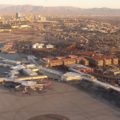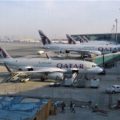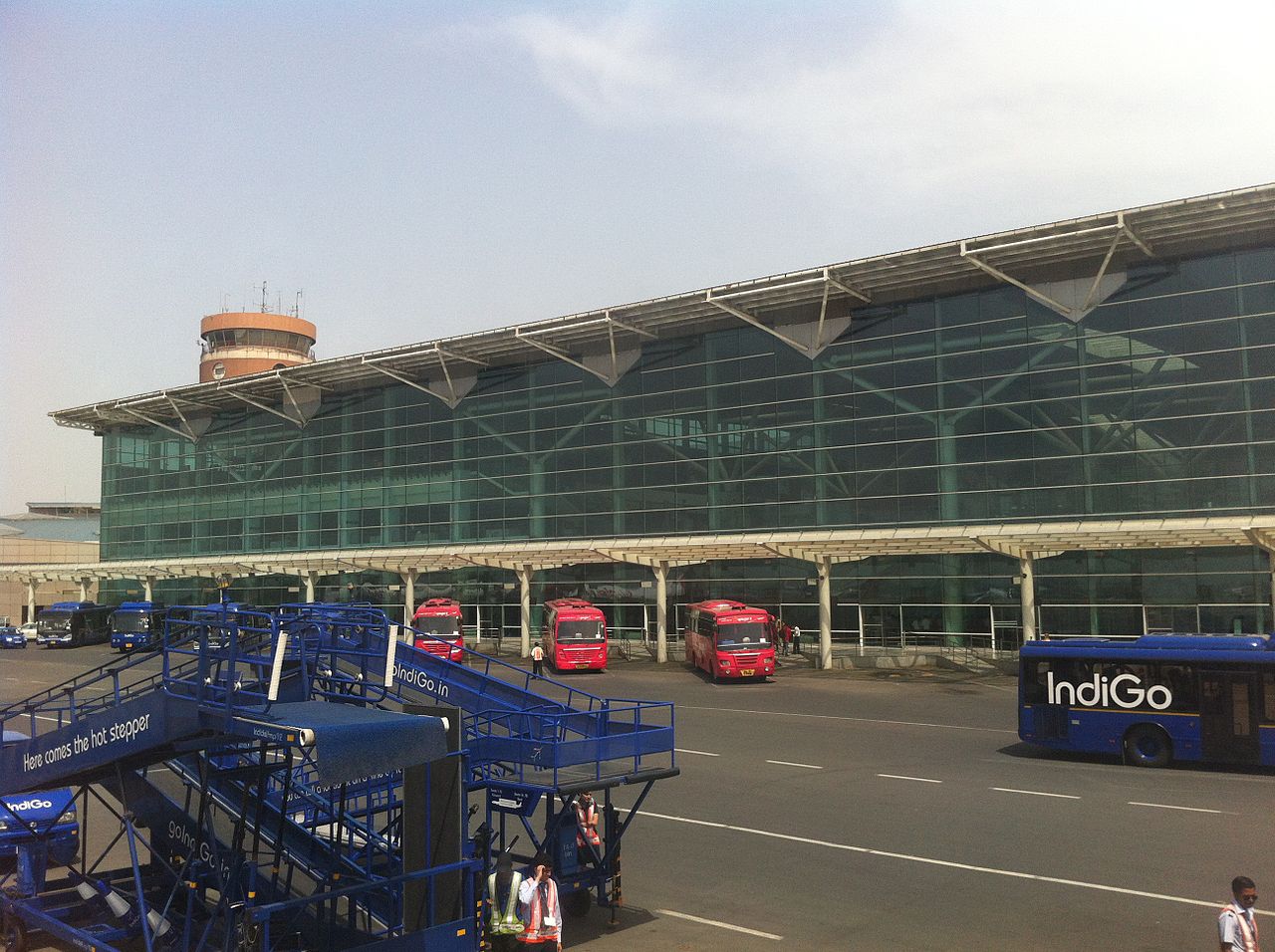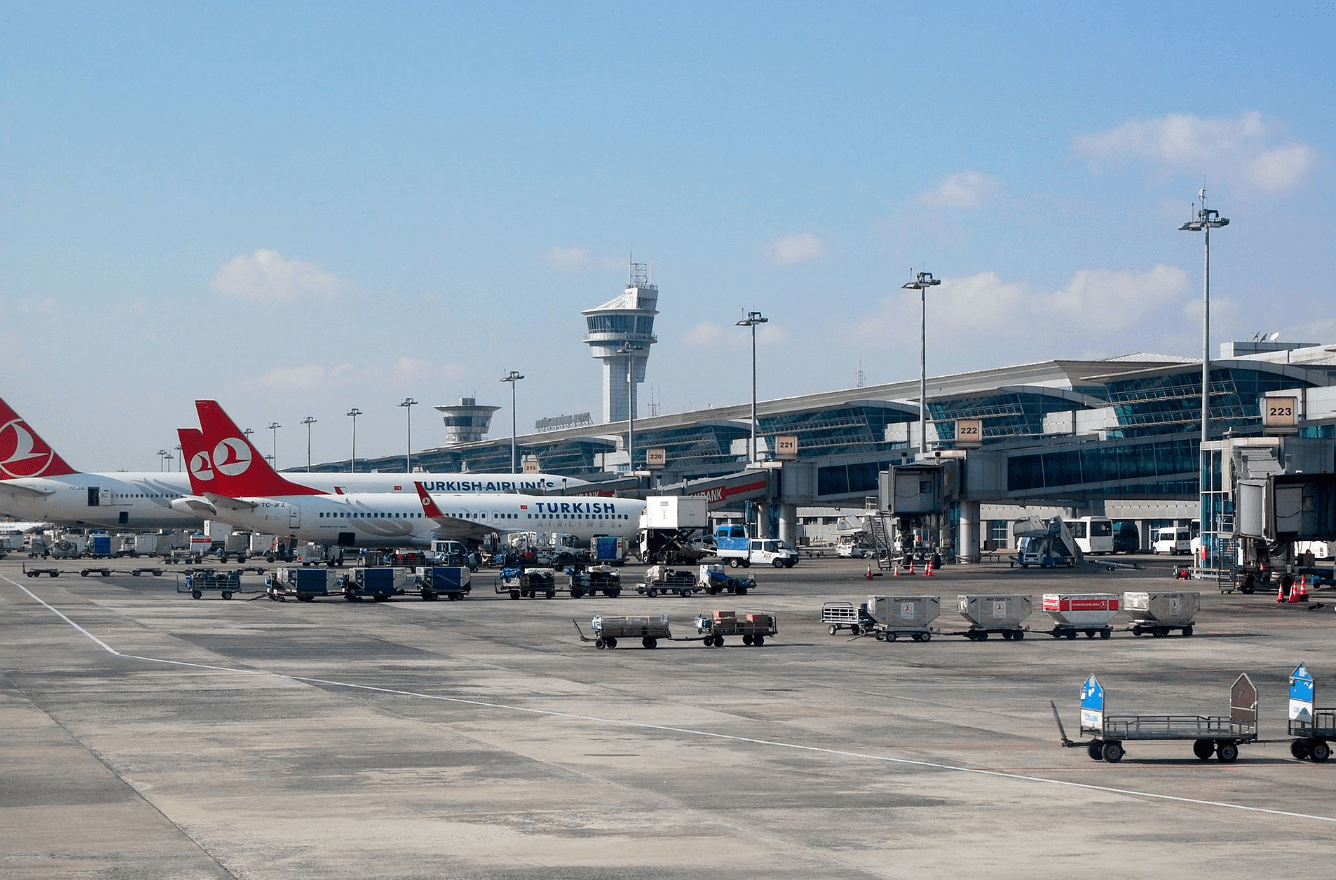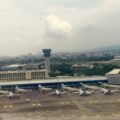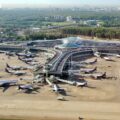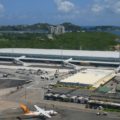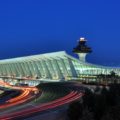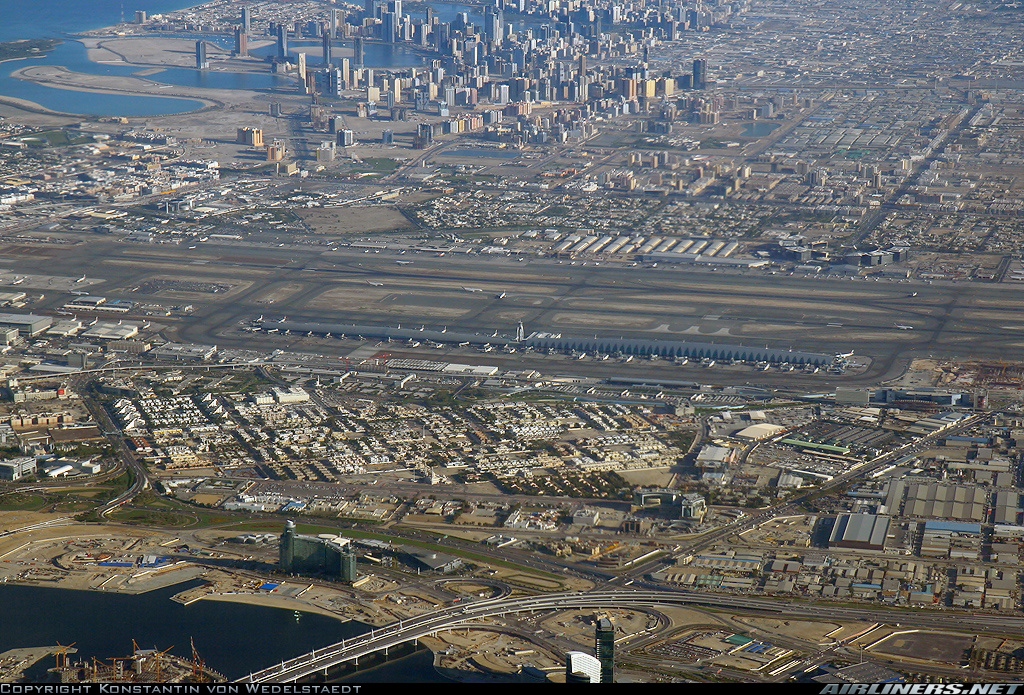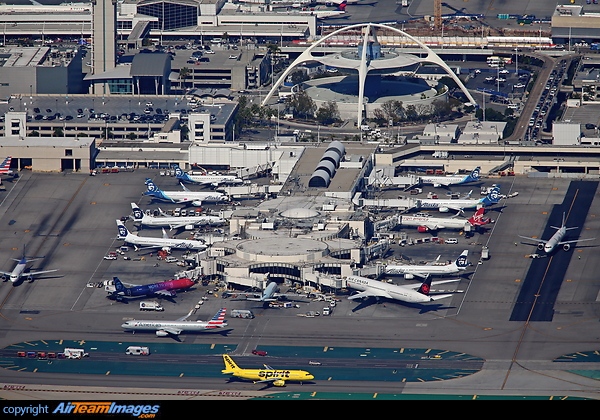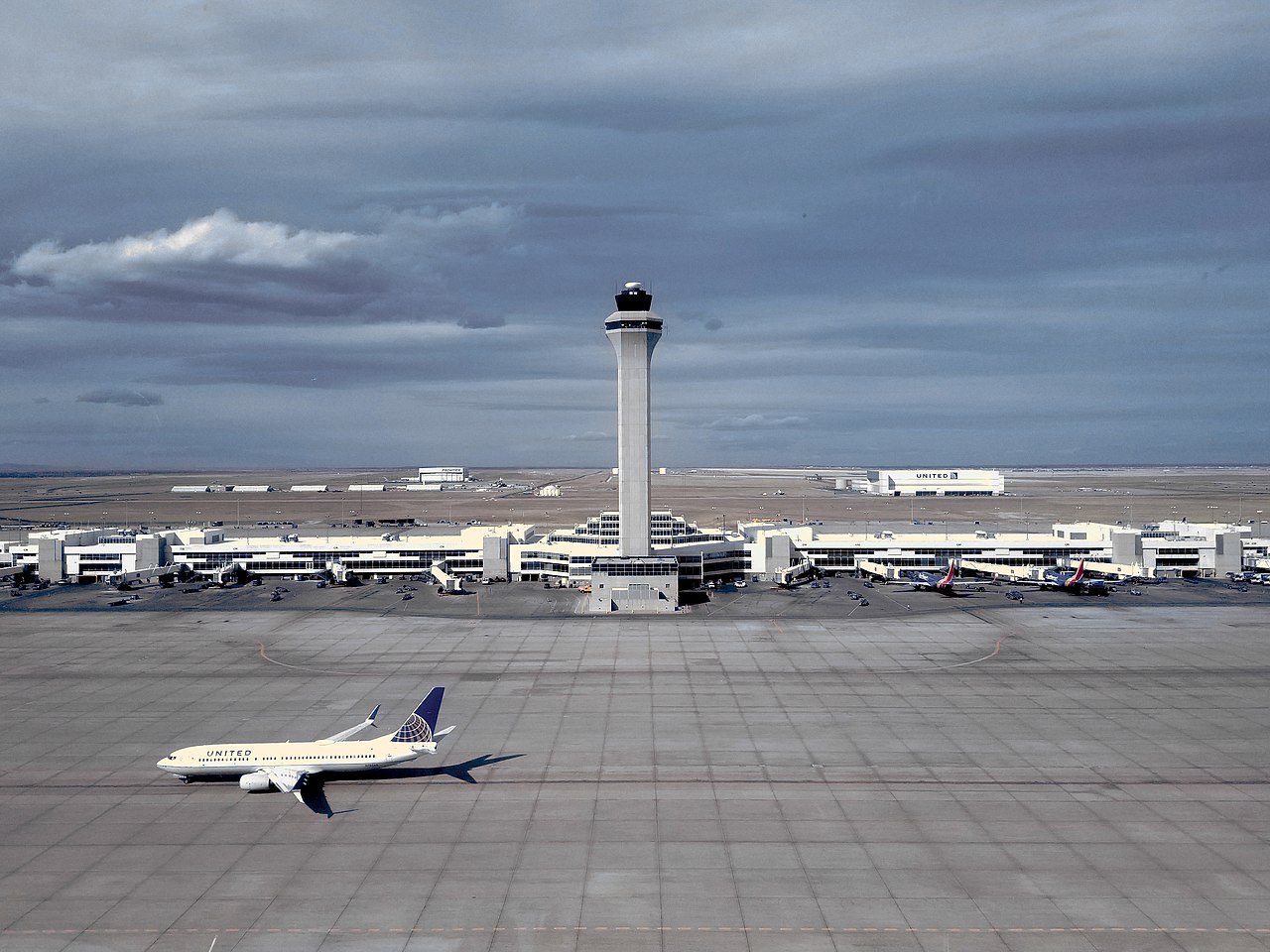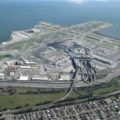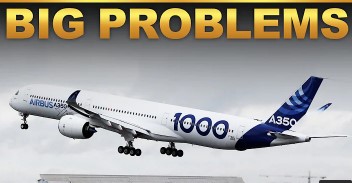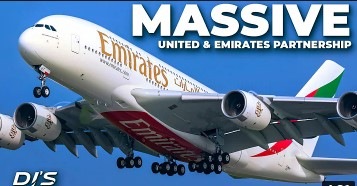Nairobi Jomo Kenyatta International Airport
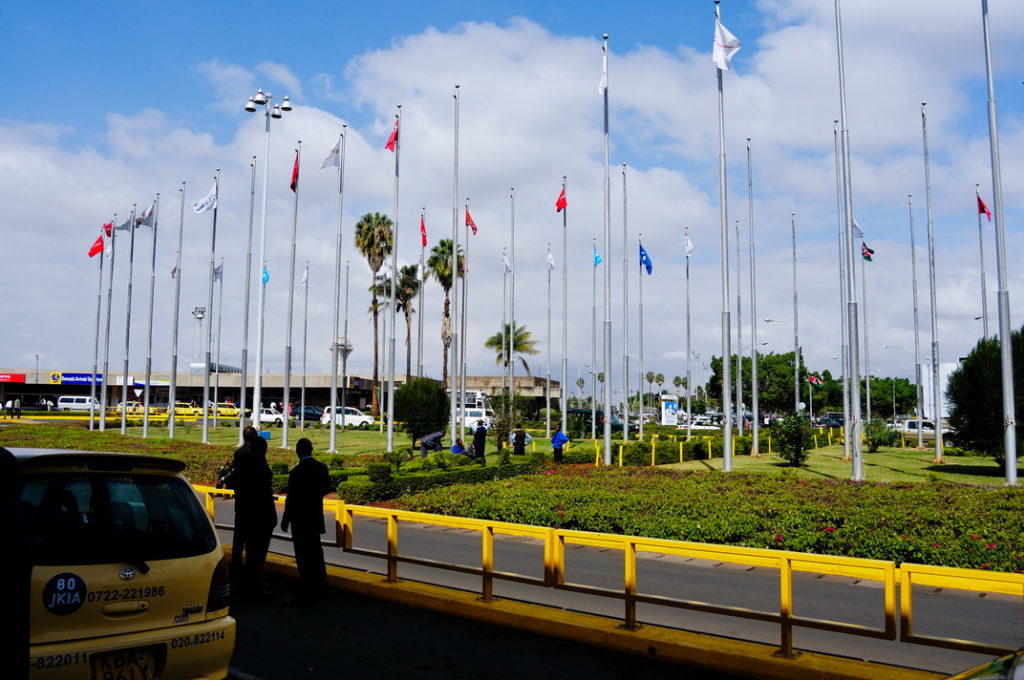
Source: Flickr: 内罗毕
| IATA: NBO ICAO: HKJK WMO: 63740 | |
| Airport type | Joint (Civil and Military) |
| Operator | Kenya Airports Authority |
| Serves | Nairobi Metropolitan Region |
| Location | Embakasi, Nairobi, Kenya |
| Hub for | Kenya Airways Jambojet Fly540 African Express Airways |
| Elevation AMSL | 1,624 m / 5,330 ft |
| Coordinates | |
| Website | kaa.go.ke |
Jomo Kenyatta International Airport (IATA: NBO, ICAO: HKJK), is an international airport in Nairobi, the capital of and largest city in Kenya. Located in the Embakasi suburb 18 kilometres (11 mi) southeast of Nairobi’s central business district, the airport has scheduled flights to destinations in over 50 countries. Originally named Embakasi Airport, the airport’s name was changed in 1978 to honor Jomo Kenyatta, Kenya’s first president and prime minister. The airport served over 7 million passengers in 2016 making it the seventh busiest airport in passenger traffic on the continent.

2000 – present
On 10 June 2008, Kenya Vision 2030 was launched by President Mwai Kibaki. Under the vision, JKIA’s aging infrastructure was to be upgraded to World Class standards. New Terminals and Runway were to be added in phases. The African Development Bank carried out an Environmental Impact Assessment on the development of Phase 1 of the proposed Green Field Terminal (GFT) which was expected to increase the capacity of JKIA to about 18.5 million passengers annually by the year 2030. The Greenfield Terminal project was to encompass the construction of a four level terminal building comprising a central processing area, a transit hotel, landside retail centers, arrivals and departures plaza. Ancillary facilities which would have included an access road, car parking, access taxiways, Ground Service Equipment (GSE) and bus parking areas.
On 29 March 2016, the KES 56 billion (US$560 Million) Greenfield Terminal Project was terminated by Kenya Airports Authority because the contractor failed to secure funds thus ending Kenya’s dream of having the largest terminal in Africa. It however remains to be seen whether future administrations like the Grand Coalition Government of 2008-2013 will re-activate the project which is necessary for Nairobi and Kenya’s future aviation needs in the 2020s, 2030s and beyond. It also remains to be seen whether the new KAA Managing director Johnny Andersen who was appointed in mid 2016 will have a vision for the airport beyond the 2030s.
In February 2017, the airport was awarded a Category One Status by the Federal Aviation Administration of the United States, thus allowing possible direct flights between the US and Nairobi. 5 other African countries have direct flights to the US (South Africa, Ethiopia, Egypt, Morocco, and Cabo Verde). In April 2017, the US Department of Transportation granted Air Namibia a licence to fly to the US, making it the 6th African country to be permitted to operate this route.
2013 fire

Source: Salama jamaa
On 7 August 2013, a fire originating in the immigration area caused massive damage to the airport and forced it to suspend operations temporarily. Unit 3, usually dedicated to domestic operations, was used temporarily for international traffic. The worst fire in the airport’s history occurred on the fifteenth anniversary of the 1998 United States embassy bombings in Nairobi and Dar es Salaam, but no connection was immediately obvious and no terrorist group has claimed responsibility. The cause is not believed to be intentional, as no explosive devices were discovered during the initial investigation. According to Kenyan officials, firefighting efforts were hampered by some of the first responders choosing to loot the airport instead of fighting the blaze. International arrivals had been bused to a temporary facility set up in the ground floor of the new parkade until the reconstruction of the damaged areas. In June 2015, a new, fully functional temporary terminal building became operational. This terminal building was planned for a design life of 10 years, until completion of the planned new permanent facility.
Facilities
Terminals

Source: Salama jamaa
There are two terminals. Terminal 1 is arranged in a semi-circular orientation and is divided into four parts: 1A, 1B, 1C, and 1E are used for international arrivals and departures while terminal 1D is used for domestic departures and arrivals. Terminal 2 is used by low-cost carriers. The original terminal, located on the north side of the runway, is used by the Kenya Air Force and is sometimes referred as Old Embakasi Airport.
Figures from KAA indicate that the airport’s Terminal 1-A has a capacity of 2.5 million passengers The Kenyan government is targeting over 25 million passengers annually by 2025 on the expansion of JKIA’s terminals. In 2016, JKIA accounted for more than 70 per cent of overall passenger traffic in the country. It also had over 7 million passengers pass through it. Domestic travellers through the Jomo Kenyatta International Airport (JKIA) made up 40% cent of overall passengers in 2016. This is an increase from 32% five years prior (2012).
Terminal 1A International Departures and Arrivals
Terminal 1A has a capacity of 2.5 million passengers a year and 3 levels, 30 check-in counters, 12 departure gates, ample seating and food & retail options. The Arrivals area houses 5 baggage carousels. This terminal is used primarily by Skyteam member airlines.
Terminal 1B International Departures
Terminal 1B houses common-use check-in counters, with security check points leading to the departure lounge on level 1. On level one is the Aspire lounge as well as duty-free shopping outlets and cafe’s
Terminal 1C International Departures
This terminal houses common-use check-in counters, with security check points leading to the departure lounge on level 1. On level 1 are duty-free shops, Kenya Airways Simba Lounge and the Turkish Airlines Lounge and a cafe.
Terminal 1D Domestic Flights
Serves departing and arriving passengers on domestic flights. Occupied only Kenya Airways and its subsidiary, Jambojet.
Terminal 1E International Arrivals
Following the closure of the main International Arrivals and Departures terminal after a fire, a parking facility was converted into the temporary International Arrivals terminal.
This terminal was subsequently opened to serve arriving passengers on airlines operating out of Terminals 1B and 1C.
NOTE: Remodeling & extending Terminals 1B, 1C & 1D is scheduled for 2017, after which JKIA is predicted to be able to handle 12M passengers.
Terminal 2 Low-cost Carriers
Serves mainly low-cost carrier airlines (LCCs). The prefabricated terminal opened in April 2015 with a capacity of 2.5M passengers – originally intended to relieve overcrowding. Terminal 2 houses international & domestic check-in desks and boarding gates. Current lounges at Terminal 2 include the Mara Lounge and Mount Kenya Lounge – both at airside, Level 1 and open 24 hours.
Lounges
In January 2015, The Simba Lounge and Pride Lounge which are situated on the second floor of Terminal 1A were opened. The two facilities, with a combined capacity of 350 people, were developed at a cost of KES 135 million ($1.35 Million), and are for the use of KQ’s Premier World and SkyTeam’s Sky Priority passengers. There is also a Turkish Airlines TAV Lounge (T1B), as well as the Swissport Aspire Lounge (T1C). Both are regular lounges, which can be accessed by elite status or a paid-pass.
Second runway
In January 2017, a new instrument landing system-equipped runway 5,500 metres (18,000 ft) in length was approved for construction at a cost of KES 37 Billion shillings (approximately US$370 million). According to KAA’s managing director John Anderson, construction of the new runway which will be bigger than the existing one will begin this year (2017). It will also double aircraft movement from 25 to 45 per hour. The new runway will be a category 2 runway and will complement the older runway built in the 1970s. The proposed design of the project is a 4.8 kilometres long and 75 metre wide runway. The current runway is 60 metres wide and 4.2 kilometres long. This is an ICAO code F which can handle the new generation wide bodied aircraft like the Airbus A380 and the Boeing 747-8. The new runway will have fog lights, currently the present runway is only lit at the sides. The runway will also enable long haul flights to destinations like New York city carrying up to 32 tonnes of passengers and cargo.
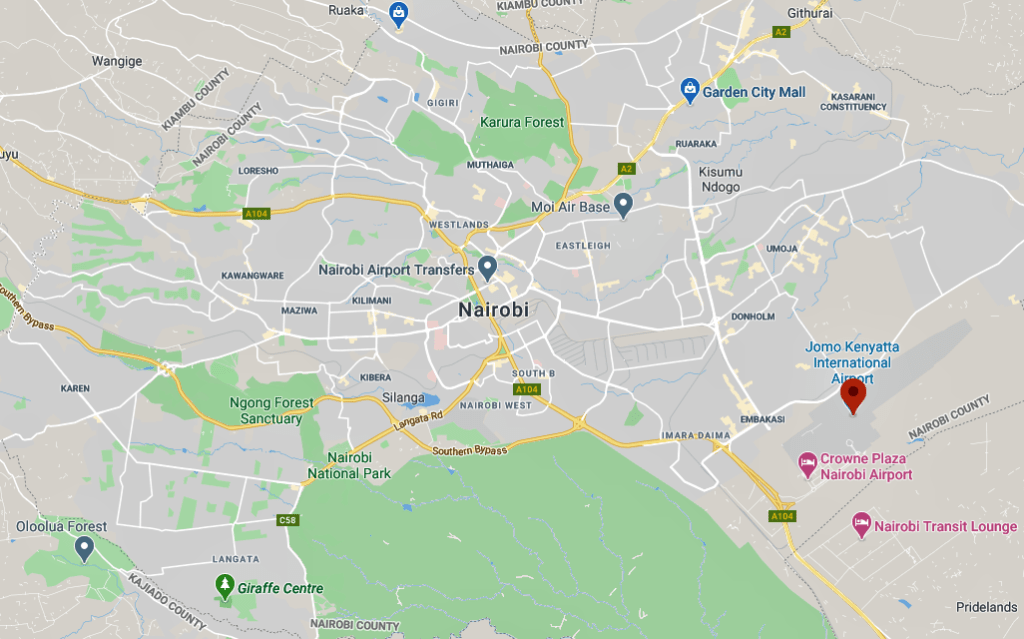
Airlines and destinations
Passenger
| Airlines | Destinations |
|---|---|
| African Express Airways | Berbera, Dubai–International, Galkayo, Hargeisa, Mogadishu, Sharjah |
| Air Arabia | Sharjah |
| Air France | Paris–Charles de Gaulle |
| Air India | Mumbai |
| Air Mauritius | Mauritius |
| British Airways | London–Heathrow |
| China Southern Airlines | Changsha, Guangzhou |
| Daallo Airlines | Mogadishu |
| EgyptAir | Cairo |
| Emirates | Dubai–International |
| Ethiopian Airlines | Addis Ababa |
| Etihad Airways | Abu Dhabi |
| Fly540 | Eldoret, Homa Bay, Juba, Kisumu, Lamu, Lodwar, Mombasa, Zanzibar |
| Jambojet | Eldoret, Entebbe, Kigali, Kisumu, Malindi, Mogadishu, Mombasa, Ukunda/Diani Beach |
| Jubba Airways | Mogadishu |
| Kenya Airways | Abidjan, Accra, Addis Ababa, Amsterdam, Antananarivo, Bamako, Bangkok–Suvarnabhumi, Bangui, Blantyre, Brazzaville, Bujumbura, Cape Town, Dakar–Diass, Dar es Salaam, Djibouti, Dubai–International, Dzaoudzi, Entebbe, Freetown, Geneva, Guangzhou (suspended), Harare, Johannesburg–OR Tambo, Juba, Khartoum, Kigali, Kilimanjaro, Kinshasa–N’djili, Kisumu, Lagos, Libreville, Lilongwe, Livingstone, London–Heathrow, Luanda, Lubumbashi, Lusaka, Mahé, Malindi, Maputo, Mauritius, Mombasa, Monrovia, Moroni, Mumbai, Nampula, Ndola, New York–JFK, Paris–Charles de Gaulle, Rome–Fiumicino, Victoria Falls, Yaoundé, Zanzibar |
| KLM | Amsterdam |
| LAM Mozambique Airlines | Dar es Salaam, Maputo, Pemba |
| Lufthansa | Frankfurt |
| Malawian Airlines | Lilongwe |
| Oman Air | Muscat |
| Precision Air | Dar es Salaam, Kilimanjaro, Zanzibar |
| Qatar Airways | Doha |
| RwandAir | Entebbe, Kigali |
| Saudia | Jeddah |
| South African Airways | Johannesburg–OR Tambo |
| Swiss International Air Lines | Zürich |
| Turkish Airlines | Istanbul |
| Uganda Airlines | Entebbe |
Cargo
| Airlines | Destinations |
|---|---|
| Air France Cargo | Paris–Charles de Gaulle |
| Astral Aviation | Dar es Salaam, Doncaster/Sheffield, Entebbe, Juba, Kigali, Mogadishu, Mwanza |
| Cargolux | Amsterdam, Luxembourg, Maastricht |
| EgyptAir Cargo | Cairo |
| Emirates SkyCargo | Dubai–Al Maktoum, Maastricht |
| Lufthansa Cargo | Frankfurt, Johannesburg–OR Tambo |
| Martinair | Amsterdam, Johannesburg–OR Tambo |
| Network Airline Management | Doncaster/Sheffield, London-Stansted |
| Qatar Airways Cargo | Brussels, Doha |
| Saudia Cargo | Amsterdam, Jeddah, Maastricht |
| Silk Way Airlines | Baku, London-Stansted, Maastricht |
| Singapore Airlines Cargo | Amsterdam, Sharjah, Singapore |
| Turkish Airlines Cargo | Entebbe, Istanbul–Atatürk, Khartoum, Kinshasa, Maastricht |
Other facilities
- Amaica, a restaurant offering authentic Kenyan and African cuisine has its store in Terminal 1A Level 2.
- American fast food chain Hardee’s has an outlet at JKIA Terminal 1-A.
- African Express Airways has its head office on the airport property.
- The Kenya Airports Authority also has its head office at the airport.
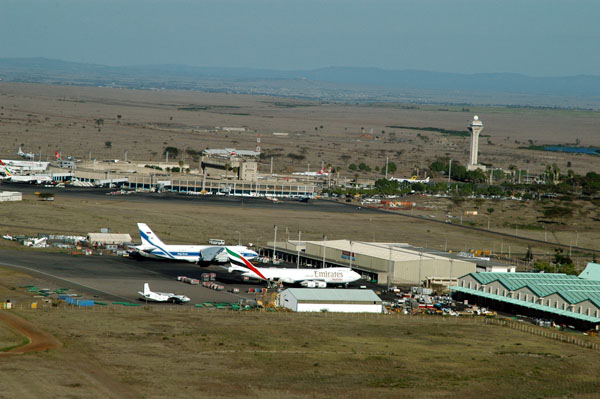
Source: Mkimemia at English Wikipedia
Access
The main entrance to Jomo Kenyatta International Airport is on Airport South Road, which can be accessed by an exit from the A109 highway (Mombasa Road).
Passengers can also travel to and from the airport via city Bus Route Number 34
Taxi and Car rental services are well represented.
A link to the Nairobi Commuter Rail network has been proposed.
Accidents and incidents
- On 20 November 1974, Lufthansa Flight 540, a Lufthansa Boeing 747–130, D-ABYB, LH 540, “Hessen” (German state), delivered 1970, crashed on takeoff from runway 24 in Nairobi killing 59 of the 157 on board. The aircraft was on a flight from Frankfurt to Nairobi then Johannesburg. This was the first fatal accident and third hull loss of a Boeing 747.
- On 17 May 1989, a Boeing 707-330B operated by Somali Airlines aborted takeoff and then overran the wet runway and crashed into a rice field. The plane had 70 passengers and crew on board, but no fatalities resulted. The airplane was damaged beyond repair.
- On 4 December 1990, a Boeing 707-321C freighter operated by Sudania Air Cargo struck an electricity pole 5 kilometres (3.1 mi) short of runway 06 and crashed in flames. Visibility was 500 metres (1,600 ft) in fog with a 30 metres (98 ft) cloud base. All 10 persons on board died. The airplane was damaged beyond repair.
- On 6 June 2012, EgyptAir Flight 849, an Airbus A320, blew a tire while landing and veered off runway 06. Portions of the aircraft obstructed the runway, necessitating closure of the airport. Inbound flights were diverted to other airports in Kenya, Uganda and Tanzania. None of the 123 passengers and crew was injured.
- On 4 January 2015, a Fokker 50 carrying 6 people crashed after a landing gear failure. Of the 6 on board, no injuries were reported. Jomo Kenyatta Airport was temporarily closed and all flights were diverted to Moi International Airport, Mombasa.
Source: wikipedia
